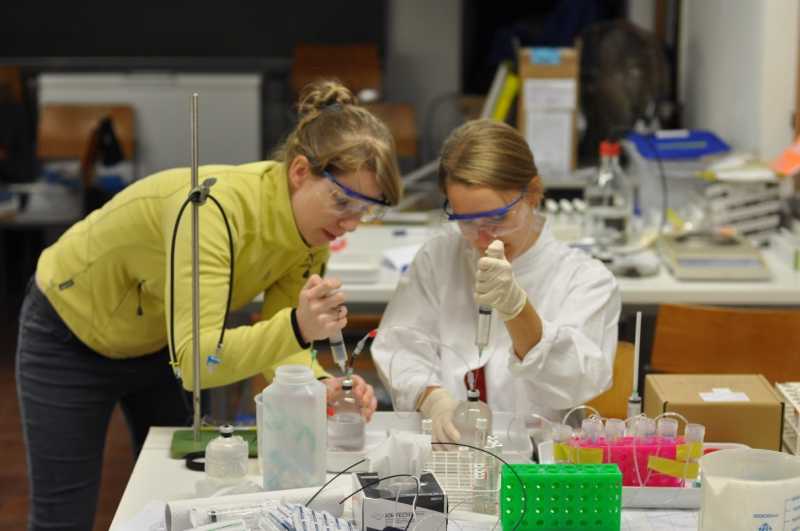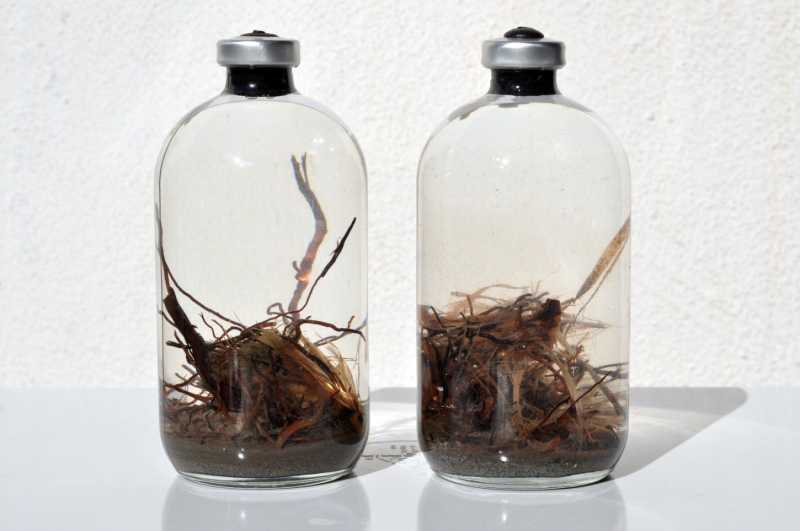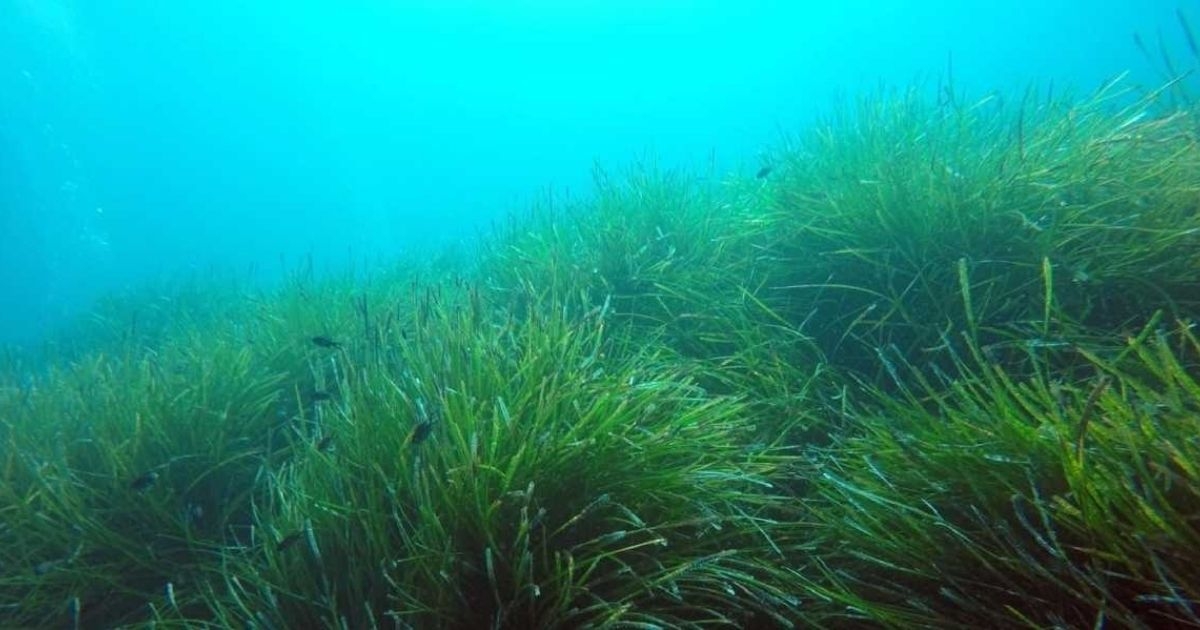Seagrass meadows play an important role in the marine carbon cycle and our climate.
On the one hand, they sequester carbon dioxide from the atmosphere and store it underground, on the other hand, they emit the potent greenhouse gas methane. Researchers at the Max Planck Institute for Marine Microbiology in Bremen, Germany, have now investigated what controls methane production and release from seagrass meadows. They now present their results in the journal Proceedings of the National Academy of Sciences (PNAS).
Seagrasses cover shallow coastal regions of temperate and tropical seas worldwide. Seagrass meadows form the basis of an essential ecosystem that is home to numerous animals, including endangered species of sea turtles, seahorses, and fishes. They also protect the coasts from erosion and sequester millions of tons of carbon dioxide from the atmosphere every year. But seagrass meadows also emit greenhouse gases, especially methane, which has a much stronger effect on our climate than carbon dioxide.
Where does the methane come from?
Sina Schorn and her colleagues from the Max Planck Institute for Marine Microbiology and Hydra Marine Sciences first investigated what the methane in the seagrass meadows is formed from. Seagrasses, like many terrestrial plants, form large peat deposits under the sediment surface. Terrestrial peats are known to release large amounts of methane from the decomposition of the organic material. Thus, the researchers expected that the mechanisms behind methane production are similar in seagrass meadows. However: The opposite was the case. “Here we experienced our first surprise,” explains Schorn, the lead author of the study.
“In seagrass sediments, methane is formed solely from one class of organic compounds,” Schorn says. “These so-called methylated compounds are produced by the seagrass plant itself. Specialized microorganisms, the methanogenic archaea, then convert these compounds into methane.” The compounds include, amongst others, betaine: a compound that helps seagrasses cope with changes in seawater salinity. As methanogenic archaea can use these compounds directly, methane production in seagrass meadows is highly efficient and robust against environmental stresses.
And something else is different in seagrass meadows than on land: The release of methane into the water column is very fast. First of all, the plant tissue acts as a straw, helping the gas to escape from the seabed into the water. Because seagrasses only grow in shallow water, pelagic microorganisms have little opportunity to consume the methane before it ends up in the atmosphere. Additionally, the seawater flowing through the sands on which these seagrasses grow, quickly ‘washes out’ methane from the sediment.
 To study the mechanisms behind methane production in seagrass meadows, researchers perform laboratory incubations (Jana Milucka on the left, Sina Schorn on the right). (© Soeren Ahmerkamp/Max Planck Institute for Marine Microbiology)
To study the mechanisms behind methane production in seagrass meadows, researchers perform laboratory incubations (Jana Milucka on the left, Sina Schorn on the right). (© Soeren Ahmerkamp/Max Planck Institute for Marine Microbiology)
Also dead seagrass meadows are sources of methane
As part of their study, the Bremen researchers sampled a dead seagrass meadow. “Here we encountered another surprise,” reports Jana Milucka, senior author of the study and head of the Greenhouse Gases Research Group at the Max Planck Institute for Marine Microbiology. “The rates of methane production were similar to those in the intact seagrass meadow.” Obviously, methane is still formed in dead seagrass sediments. “We believe that the reason behind this continuing methane production is that methylated compounds persist in the plant tissue for a very long time,” Milucka says. They could even be detected in plant tissue that had died more than two decades ago.
Methane emissions partially offset the blue carbon effect
“Currently, we are seeing a die-off of seagrass meadows worldwide which has a devastating effect on the coastal ecosystems. Our results caution that whereas upon the death of the plant carbon dioxide from the atmosphere will no longer be sequestered and stored in the sediment as 'blue carbon', methane may still continue to be released”, Milucka explains.
 Laboratory experiments are carried out in such incubation bottles. (© Sina Schorn/Max Planck Institute for Marine Microbiology).
Laboratory experiments are carried out in such incubation bottles. (© Sina Schorn/Max Planck Institute for Marine Microbiology).
The work reinforces the importance of seagrass meadows for our climate and highlights the need to better understand and conserve these ecosystems. Seagrass meadows are nearshore habitats, and coastal regions are most dramatically affected by anthropogenic changes. “We need to understand how the seagrass meadow ecosystem functions in order to determine the impact of the ongoing global change on it,” Schorn emphasizes.
Next, the researchers at the Max Planck Institute for Marine Microbiology plan to extend their measurements to other regions and other seagrass species. They also plan to study the microorganisms involved in methane production in greater detail, as they are surprisingly diverse and largely understudied.



